
1.9 Tier List
Tier 0
Wisdom of Unison
Effect
Buffs Incantation Syntony Strength. Startup artefact grants more DMG Bonus with each Syntony trigger.
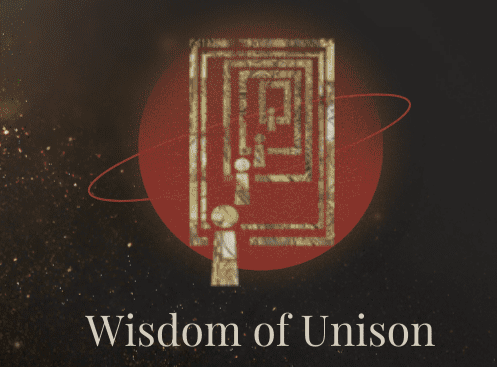
Strategy
Choose artefacts that increase deck capacity or action points. Use as many skills of the same type as you can every turn. If you can get your hands on potions, Versatile Syntony provides the best buffs.
Pros
- Does not require additional artefacts to work wonders.
- Very stable and performs well at high difficulties.
- Easy to play and quick to finish while being strong.
Cons
- Having to use skills of the same type limits how you play.
- Requires a full team with matching skill types.
Protean Pendulum
Effect
Allows free moving and merging. Startup artefact can upgrade certain other artefacts.
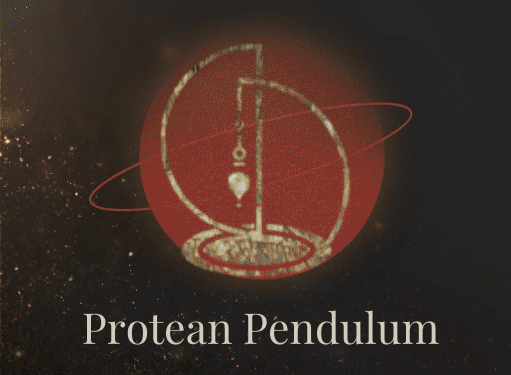
Strategy
Obtain and upgrade artefacts, focusing on those that buff higher tier skills or increase deck capacity. Merge and use skills for better Effects. Works best with a team that synergises with higher tier skills.
Pros
- Steady increase in strength of artefact build, offering an improved early run experience.
- Upgradable artefacts are relatively cheap to acquire.
- High compatibility with meta units and teams.
Cons
- A huge deck space makes moving and merging every turn tedious.
- Takes a larger toll on your time and energy.
Eager Hoarder
Effect
Gives extra artefacts. Startup artefact gives buffs based on the number and rarity of the artefacts in deployment.
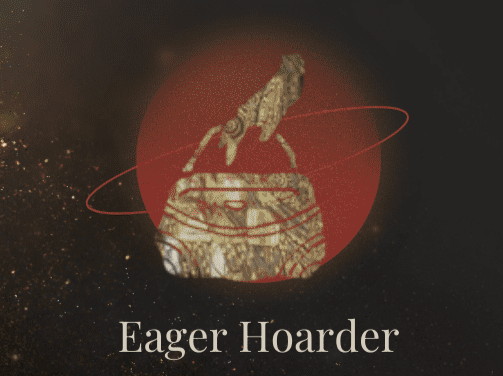
Strategy
Random bullshit go (literally). Use whatever strong artefacts you get – the higher the rarity, the better. If you have at least 18 of the highest rarity, the second catalyst incantation can instantly kill enemies.
Pros
- Drastically different experience every run.
- Higher chance to get the artefacts you need for specific builds.
- Infinite potential for max difficulty challenge runs.
Cons
- How well the run will go is largely dependent on artefact RNG.
- Making full use of the artefacts you get may prove to be difficult.
Tier 1
Ritual Dagger
Effect
Ultimate moxie cost -1. Startup artefact consumes other common rarity (blue) artefacts to buff ATK.
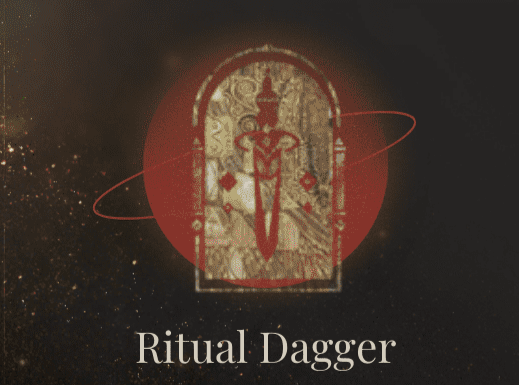
Strategy
Buy all the cheap blue artefacts at shops and feed them to the startup artefact for better stats. If that isn’t enough, you can always resort to spamming ultimates.
Pros
- Grants easy access to strong ultimates.
- Easy to learn and setup, with decent strength to complete most difficulties.
Cons
- Spending everything on feeding the startup artefact limits the potential to gain higher rarity artefacts.
- The Strategy lacks depth and once overwhelmed, things can go south very quickly.
Tier 2
Arcane Lantern
Effect
Gives extra disks and buffs based on disk count. Provides 8 disks as startup artefacts.
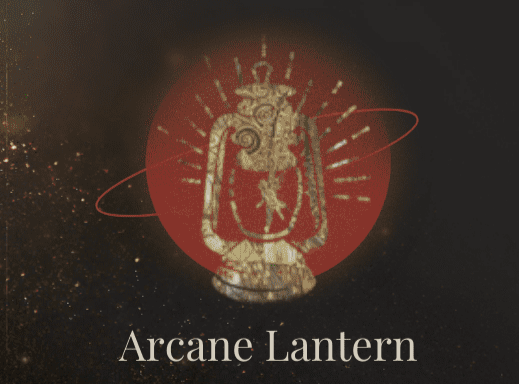
Strategy
Take every disk you can get. If you have the means to regenerate stimulus, using the second catalyst skill in every fight will further buff your team.
Pros
- The variety of disks you can get covers every aspect of a run.
- Artefacts being mostly disks spares you the headache of space management.
Cons
- Disks take up valuable space that could otherwise be reserved for better artefacts.
- Can be boring to play.
Midas Touch
Effect
Converts stimulus to goldfinch coins. Startup artefacts provide an additional 200 coins.
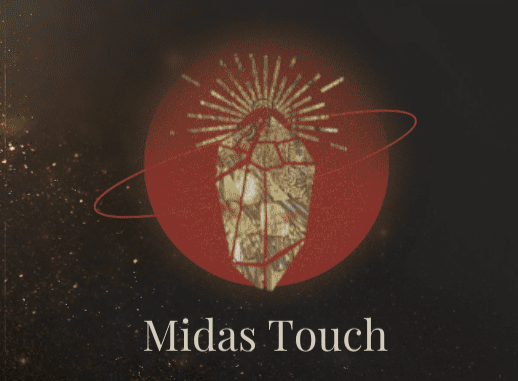
Strategy
There are certain artefacts that interact with coin gain/loss that you can play around with. Hoard coins, and use the catalyst skills wisely the first dazes enemies and the second kills those under 25% HP.
Pros
- Lots of coins to buy whatever you want in shops.
- Can permanently daze most enemies if done correctly.
Cons
- Lacks the means to deal DMG in the beginning of runs.
- Poor planning may lead to bankruptcy.
Tier 3
Insightful Aid
Effect
Using aid incantation grants extra moxie. Startup artefact buffs aid incantations and stimulus gain.
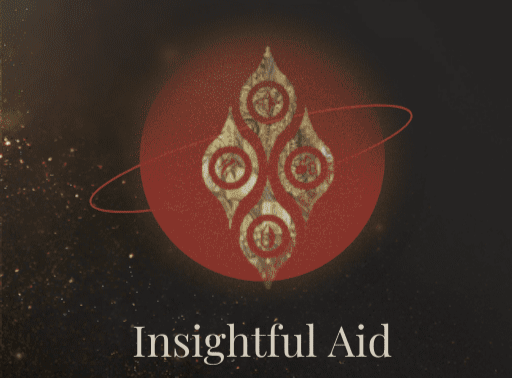
Strategy
Prioritize artefacts that give bonus stimulus. Use the catalyst skills to acquire aid incantations and ultimates. Killing with these aid skills refunds lots of stimuli to keep you rolling.
Pros
- Aid units can sometimes form great combos (e.g.37 with Windsong aid).
- Allows for more diverse teambuilding with 8 units actively engaging in battle.
Cons
- Requires double the number of units to function properly.
- Teams without synergy will result in mediocre performance.
Pomegranate Heart
Effect
Regenerates 40 stimuli after completing an area. Startup artefact heals your team after each node.

Strategy
This is basically the same as First Melody which we are all very familiar with. As such, it’s a good choice for your first run of A Series of Dusks. Just fuck around and find out.
Pros
- The familiarity of the mechanic makes it easier to use.
- Consistent healing relieves survival pressure.
Cons
- Not very interesting, all things Considered.
- Gives no offensive boost.
Symphony of Synergy
Effect
Buffs Incantation Resonance strength. Startup artefact gives buffs when triggering Resonance and grants extra stimulus.

Strategy
Choose artefacts that increase deck capacity or action points. Use as many skills of different types as you can every turn. Using the first catalyst skill can prevent you from running out of certain skills.
Pros
- Benefits from the use of a variety of different skills.
- Effects are relatively easy to trigger.
Cons
- Incantation Resonance and related artefacts give overall mediocre buffs.
- Having to use skills of different types limits how you play.
- Requires a full team with mismatching skill types.





Be the first to comment